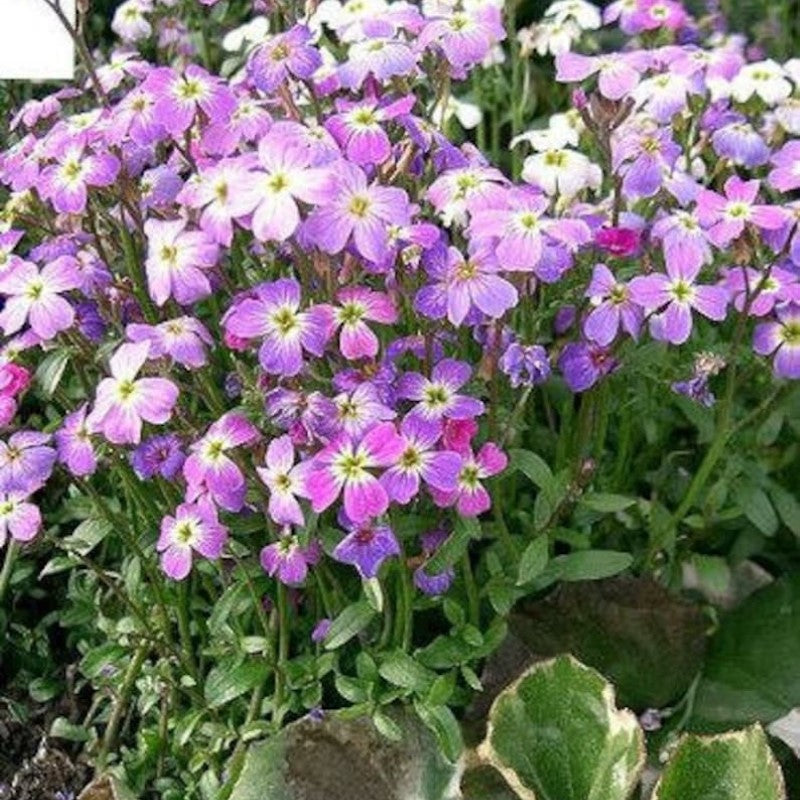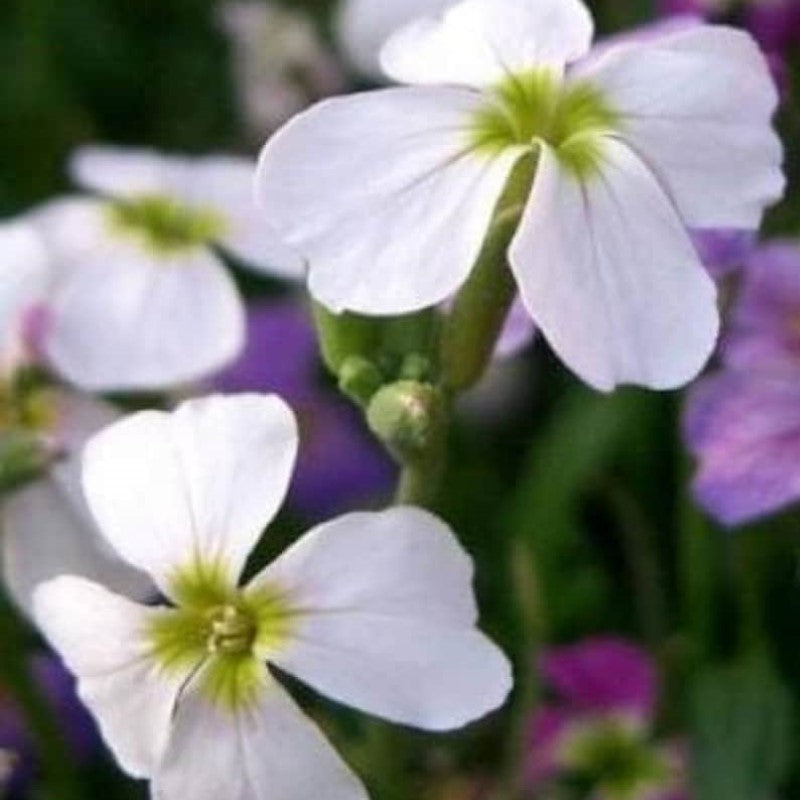- Historical context: Evening Scented Stock, also known as Matthiola longipetala, is a plant that has been cultivated for its delightful fragrance, particularly in the evening hours. It has been a favorite in cottage gardens and among gardeners who appreciate its sweet scent.
- Geographical origination: The plant is native to the Mediterranean region, particularly in areas like Greece and Turkey.
- Relevant cultural significance: Evening Scented Stock has been valued in various cultures for its aromatic properties. It is often used in traditional gardens and is known for its ability to attract pollinators such as moths.
- Time period of discovery: The exact time period of discovery is not well-documented, but it has been cultivated for centuries, particularly in Europe.
- Original habitat: The plant originally grows in rocky and sandy soils in its native Mediterranean habitat.
- Notable historical uses: Historically, Evening Scented Stock has been used primarily for ornamental purposes due to its pleasant evening fragrance. It has also been used in some traditional medicinal practices, although it is not widely known for medicinal uses.
- Ideal temperature range: Evening Scented Stock thrives in cooler temperatures, ideally between 50-70°F (10-21°C).
- Soil type: The plant prefers well-drained, sandy or loamy soil with a neutral to slightly alkaline pH.
- Sunlight requirements: It grows best in full sun to partial shade. Full sun is preferred for optimal blooming.
- Watering needs: Regular watering is necessary, but the soil should be allowed to dry out between waterings to prevent root rot.
- Planting season: Seeds should be sown in early spring or late summer for fall blooms.
- Germination time: Seeds typically germinate within 7-14 days under optimal conditions.
- Growth cycle duration: The plant is an annual, completing its life cycle within one growing season.
- Common pests and diseases: Common pests include aphids and flea beetles. Diseases can include powdery mildew and root rot if overwatered.
- Companion planting advice: Evening Scented Stock pairs well with other fragrant flowers like night-scented phlox and nicotiana. It also complements plants that attract evening pollinators.
- Common challenges and solutions: One common challenge is ensuring the plant receives enough sunlight while maintaining cooler temperatures. Planting in a location that receives morning sun and afternoon shade can help. Overwatering can lead to root rot, so ensure proper drainage.
- Nutritional values: Evening Scented Stock is not typically grown for nutritional purposes.
- Health benefits: While not widely used medicinally, the plant's pleasant fragrance can have a calming effect and is sometimes used in aromatherapy.
- Culinary uses: There are no significant culinary uses for Evening Scented Stock.
- Medicinal uses: Historically, some cultures have used the plant in traditional remedies, but it is not commonly used in modern herbal medicine.
- Other unique advantages: The primary benefit of Evening Scented Stock is its delightful evening fragrance, which can enhance the ambiance of gardens and outdoor spaces. It is also effective in attracting nocturnal pollinators, contributing to the health of the garden ecosystem.








